Electrical Engineering Study Material for Engineering students to learn & practice, GATE exam, interview, competitive examination & entrance
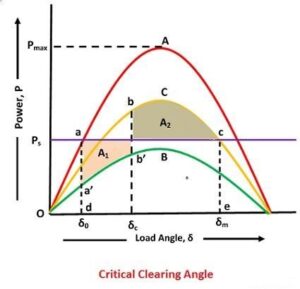
Critical clearing angle The greatest change in the load angle curve prior to clearing the fault without losing synchronism is ...
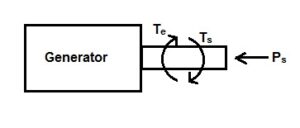
Swing Equation – Definition and Derivation What is Swing Equation? The rotor axis and the synchronously rotating stator field axis ...
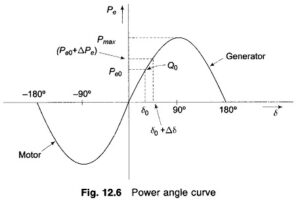
Power Angle Equation of Synchronous Machine Equation for the Power Angle of a Synchronous Machine Certain simplifications are typically assumed ...
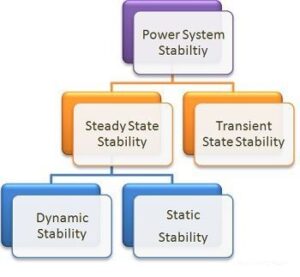
Power System Stability Some synchronous machines operate in synchronism as part of the power system. They must always remain in ...
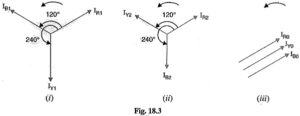
Unsymmetrical Fault on Three Power System Unsymmetrical faults on three power systems are those faults in the power system that ...
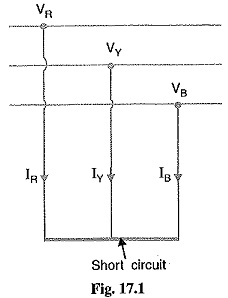
Symmetrical Fault Short-circuit conditions are the result of the majority of symmetrical fault on the three-phase power system. A strong ...
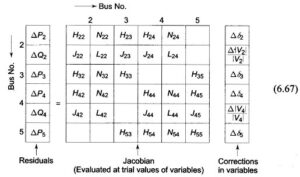
Decoupled Load Flow Methods (DLF): Real powers and bus voltage angles, as well as reactive powers and voltage magnitudes, exhibit ...
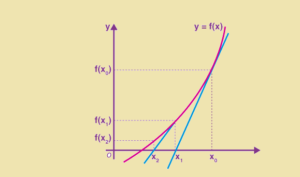
One of the most popular methods for locating the roots of given equations is the Newton Raphson Method. To efficiently ...
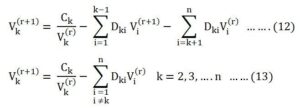
Gauss Seidel Method The linear system equations are solved using the Gauss Seidel method. The German scientists Carl Friedrich Gauss ...
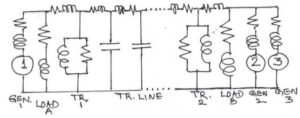
Definition From the SLD, it is simple to draw the impedance diagram for single-phase operation under balanced conditions. The impedance ...
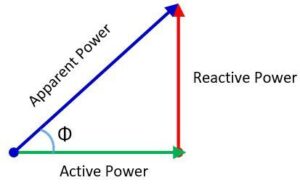
Active Power and Reactive Power Difference Between Active Power and Reactive Power Active Power formula Reactive Power formula The fact ...

Difference between HVAC and HVDC Transmission Systems Electricity is generated at generating plants, from which it is sent over great ...
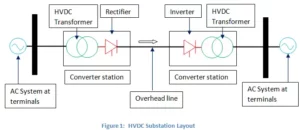
HVDC Transmission System Full form of HVDC (HVDC full form) - High Voltage Direct Current Transmission So High voltage direct ...
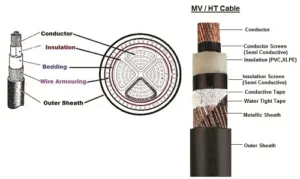
Types of Cables What is an Electric Cable? A cable used to distribute and transmit electrical power is called an ...

Cable Construction & Cable Selection or CONSTRUCTION OF Cables & Selection CONSTRUCTION OF Cables Parts of Cable: 1. Conductor (For ...

Ferranti Effect in transmission line What is ferranti effect The Ferranti effect is when the voltage at the receiving end ...
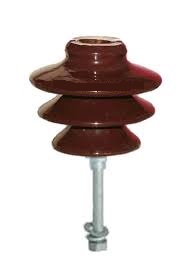
Insulator meaning in hindi- कुचालक, अचालक या परावैद्युत या विद्युत रोधी किसे कहते है Electrical Insulator Materials Did you ever ...

what is string efficiency String Efficiency of Insulator: The voltage applied across the string of suspension insulators is not evenly ...

Corona Effect in Overhead Transmission Line Corona Effect in Overhead Transmission Line The Corona is the term for the phenomenon ...
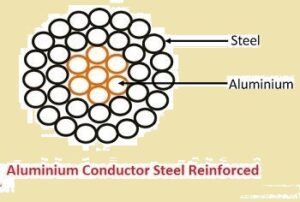
Types of Conductor Definition The kind of metal known as a conductor enables electrical current to pass through it.Metals like ...

Proximity Effect Definition: Currents are not evenly distributed across the conductor's cross-section when it is carrying a high alternating voltage ...
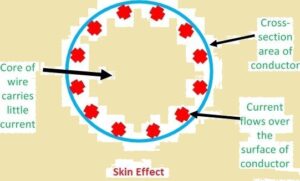
Skin Effect Skin Effect The term "skin effect" refers to the non-uniform distribution of electric current over the surface or ...
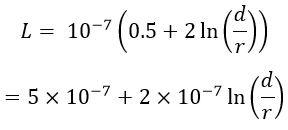
GMD What is GMD and GMR in Transmission Lines Two key terms, GMR (self GMD) and mutual GMD, are used ...
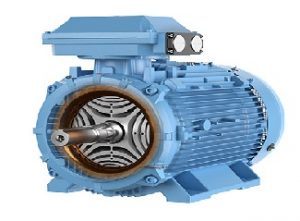
Synchronous Reluctance Motor A ferromagnetic rotor, like those found in reluctance motors, induces non-permanent magnetic poles despite the absence of ...
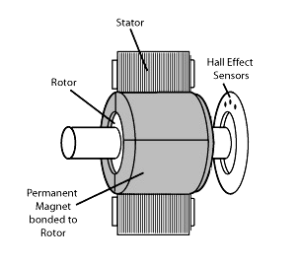
BLDC Motor Full Form - BRUSHLESS DC MOTOR, Permanent magnet brushless dc motor What is BLDC Motor A permanent magnet-based ...
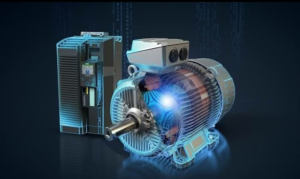
Switched Reluctance Motor Switched Reluctance Motor (SRM) The variable reluctance principle underlies the operation of switched reluctance motors. The power ...
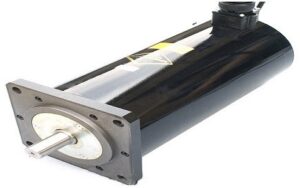
Hybrid Stepper Motor An electrical motor converts power (P), volts (V), and amps (A) into mechanical power, torque, and speed ...
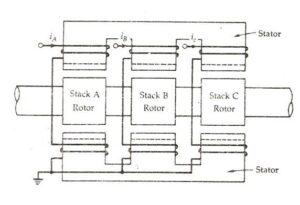
Multistack Variable Reluctance Stepper Motor What is Multistack Variable Reluctance Stepper Motor M identical single stack variable reluctance motors are ...

Micro Stepping in Stepper Motor What is Micro Stepping in Stepper Motor Stepper motors can be controlled by micro Stepping, ...
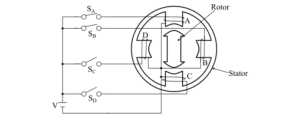
Single Stack Variable Reluctance Stepper Motor A Single-stack Variable Reluctance (VR) stepper motor's operation is based on the flux lines' ...




























